Turning Point Analysis In Price and Time
$24.49
| Author(s) | |
|---|---|
| Product Type |
Ebook |
| Format |
|
| Skill Level |
Intermediate to Advanced |
| Pages |
128 |
| Publication Year |
1994 |
| Delivery |
Instant Download |
Turning Point Analysis in Price and Time by Joseph Duffy is a comprehensive study of how to anticipate market reversals using time–price relationships and cyclical geometry. Combining advanced charting techniques with the timeless principles of W.D. Gann, Duffy presents a clear, step-by-step method to locate the critical junctures where markets are most likely to change direction. His analytical framework blends time cycles, Fibonacci ratios, and price symmetry to reveal how markets move in repeating rhythmic patterns governed by natural law.
This classic work bridges the gap between Gann’s early cycle research and modern technical forecasting. Duffy demonstrates how to construct time counts, measure retracements, and project geometric targets using real-world market data. Through precise chart examples, he shows how every trend follows a predictable structure and how price and time balance can expose the hidden rhythm behind every move.
Written for the disciplined trader who wants clarity in market timing, Turning Point Analysis in Price and Time transforms complex mathematical ideas into actionable, repeatable techniques. It is an essential addition to the library of anyone pursuing a professional understanding of technical market geometry.
✅ What You’ll Learn:
- How to identify time–price balance zones that precede major reversals.
- The mathematical and geometric foundation of market turning points.
- Construction of time counts, arcs, and retracement grids.
- How to integrate Fibonacci and Gann ratios into forecasting models.
- Step-by-step examples showing real turning point projections.
- Techniques for synchronizing short- and long-term cycles for accurate timing.
💡 Key Benefits:
- Gain precise tools to forecast market highs and lows before they occur.
- Learn to combine time and price analysis into one unified model.
- Replace guesswork with a systematic geometric approach.
- Strengthen trading confidence with measurable, repeatable setups.
- Apply professional-level forecasting across all markets and timeframes.
👤 Who This Book Is For:
This book is designed for intermediate to advanced traders who seek professional-grade understanding of market timing through geometry and cycle analysis. It’s ideal for analysts familiar with Gann, Jenkins, or Hurst concepts who want to master real-time turning point prediction.
📚 Table of Contents:
– Chapter 1. Advanced Fibonacci Analysis Techniques
- Fibonacci Spatial Relationships of Price
- Using the Analysis
- Fibonacci & Elliott Wave
- Calculating The Projected Target Prices
- When To Use Each Fibonacci Technique
- The 3 Point Set Up
- Fibonacci Number Targets
- Fibonacci Time Relationships
- Fibonacci Number Count
- How To Do The Time Counts
– Chapter 2. Advanced Gann Analysis Techniques
- Spread or Straddle
- W . D . Gann
- Master Time and Price Calculator: Square Of
- History Of The Square Of Nine
- Construction Of The Square of Nine
- Technique I : Using Price To Forecast Price Targets
- Helpful Hints For Using The Square Of Nine
- Technique II: Using Time To Forecast Time Targets
- Technique Ill: Using Time To Forecast Price Targets
- Technique IV: Using Price To Forecast Time Targets
- Technique V: How To Predict The High And Low For Each Day
- Technique VI: The Importance Of Natural Squares
- Technique VII: Cardinals And Corners
- The Two Master Time And Price Calculators
- Summary: Square Of Nine
- Primary Nurn bers, Ratios, And Cycles
- Secondary Numbers, Ratios, And Cycles
– Chapter 3. Advanced Short Term Analysis Techniques
- Pivot Points
- High/Low tines
- How To Use High/Low Lines
- Conclusion
Turning Point Analysis In Price and Time By Joseph T Duffy PDF
16 Precise Methods To Anticipate Market Turns and Pinpoint Highs and Lows
1 review for Turning Point Analysis In Price and Time
Clear filtersOnly logged in customers who have purchased this product may leave a review.

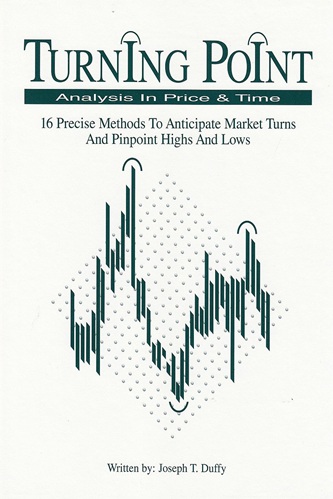
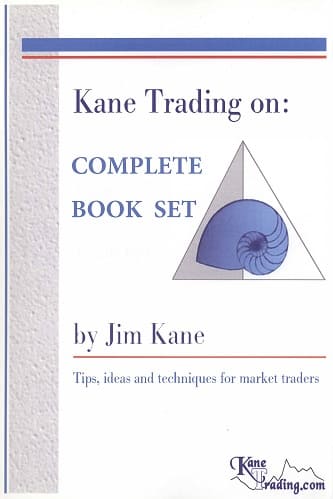
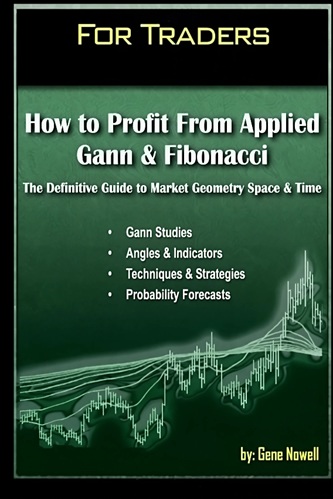
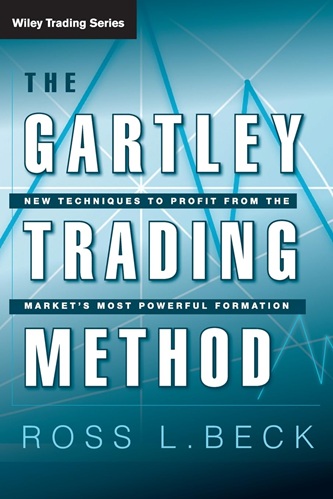
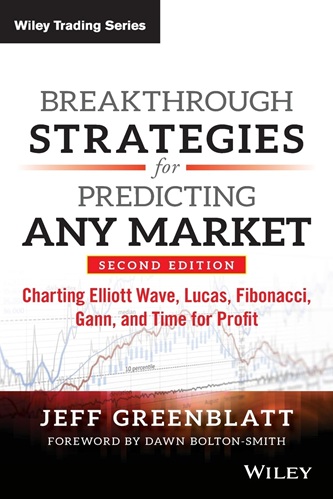
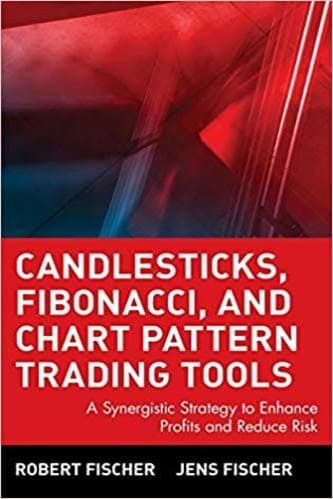
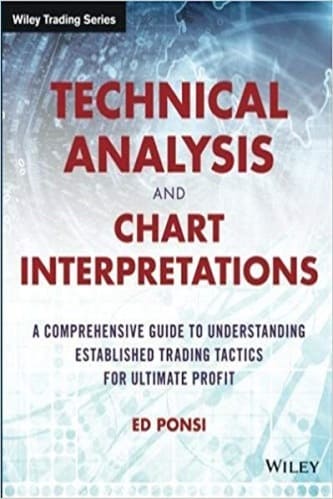
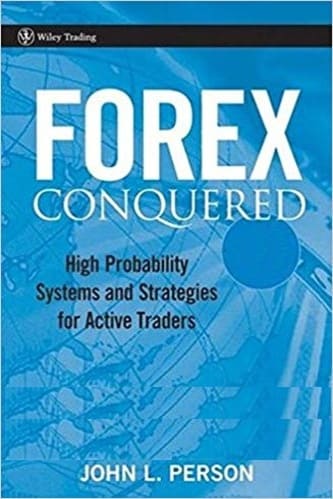
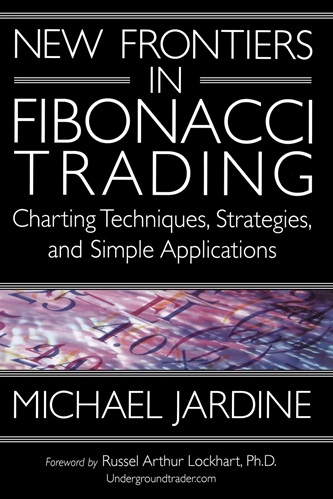
Jimmy Carpenter (verified owner) –
To the best of my knowledge, the methods you are about to learn have never been revealed in this manner anywhere else in the literature of technical analysis. They are the fruits of many years of research and experimentation with the natural and recurring principles of Fibonacci. In my own trading, I have found these methodologies to be extremely powerful in forecasting price highs and lows in virtually all markets.
There are five Fibonacci techniques introduced here for forecasting market tops and bottoms. These will be referred to as the Fibonacci Spatial Relationship techniques.